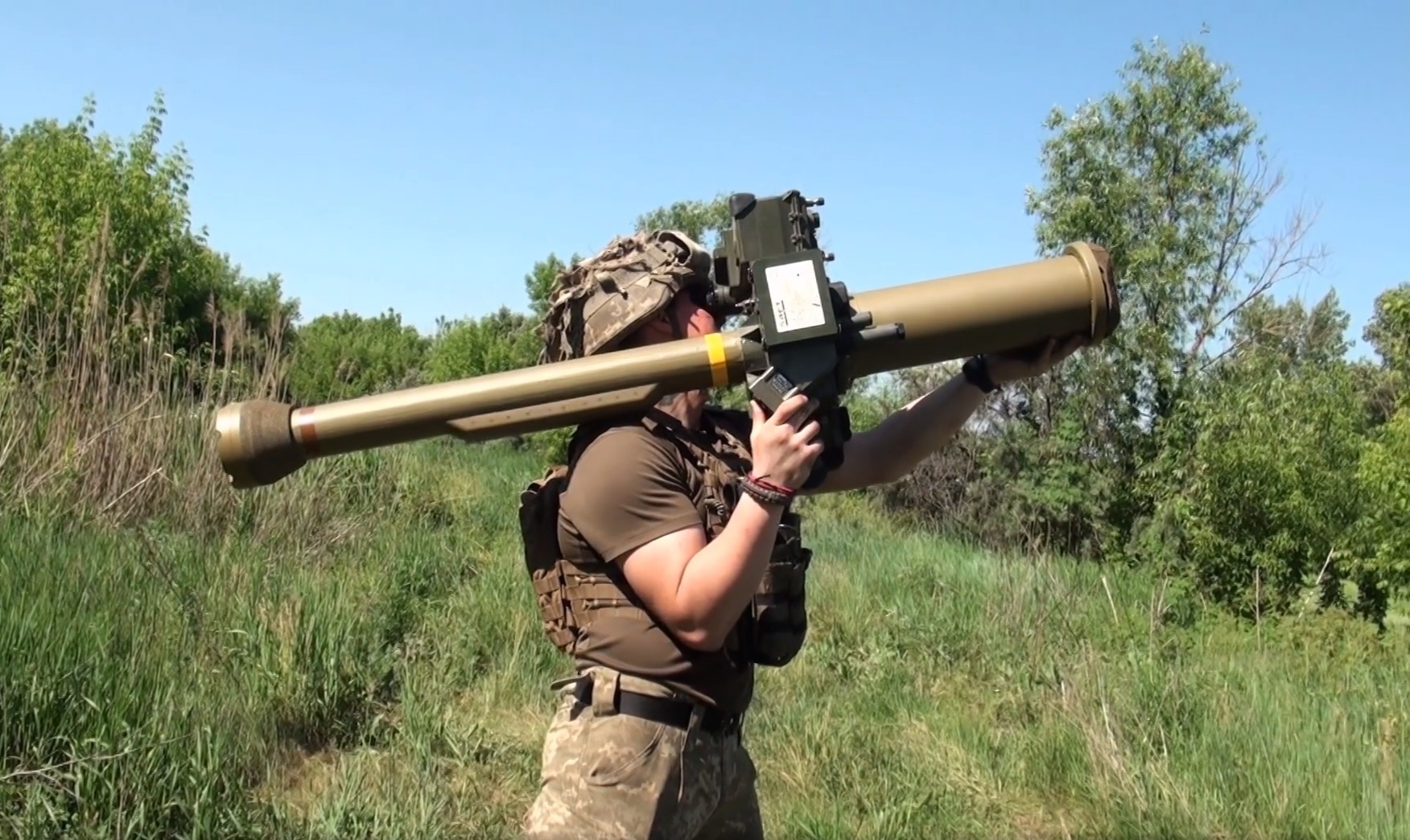Over the past six weeks, the proposed EU “reparation loan” has moved closer to reality. It is backed by over $200 billion in frozen Russian Central Bank reserves held mainly in Belgium’s Euroclear.
Yet beyond the decision itself, the crucial question remains how these funds will be used.
This reparation loan, long in discussion, now appears closer than ever to reality. Belgium has raised reservations about the mechanism, though these are expected to be resolved through negotiations. Similar concerns from France and Germany could emerge, but have not been formally stated.
Still, while the EU and Ukraine have spent months refining the legal framework for confiscating Russian assets or profits derived from them, far less attention has been paid to a parallel question: how those resources should be deployed once secured.
A recent example offers a hint. On 22 October, Sweden announced that Ukraine would receive between 100 and 150 Gripen fighter jets manufactured by Saab. The announcement was vague on financing, but the timing—days after loan details emerged—suggests this may be funded through the reparation mechanism rather than Sweden’s aid budget.
If so, the pattern continues. And Saab may not be alone: Rheinmetall, Dassault Aviation, BAE Systems, Lockheed Martin, and MBDA could soon follow, each offering long-term contracts that align with their production schedules rather than Ukraine’s immediate tactical needs.
Aid as a procurement opportunity
The United Kingdom, for example, announced two funding tranches in February and July 2025, tied to major Thales contracts for 10,000 air-defence missiles. But timing mattered: Russia had just escalated to mass drone attacks—300 to 500 drones per night instead of dozens.
The Thales missiles worked against minor incursions but couldn’t scale to swarm defense. By the time contracts were finalized, Ukraine had already begun mass-producing FPV drone interceptors that cost a fraction of Western missiles and proved more effective against saturation attacks.
A single Starstreak or Martlet missile costs approximately £40,000-60,000. Ukraine’s FPV interceptors cost under £400. When Russia launches 400 drones in one night, the math becomes impossible.
Would London have approved those tranches without the boost to a Belfast factory—and the accompanying pledge to protect or create hundreds of jobs? That remains a rhetorical question.
Long-term contracts vs. short-term survival
The situation with the Gripens may differ, but the broader EU logic is clear. Channeling the loan into contracts for Europe’s defence industry fits neatly into the bloc’s long-term strategy to revitalise its military-industrial base. Yet for Ukraine, linking the funds to long-term foreign contracts risks a critically negative outcome.
What Ukraine needs most now are short-term solutions to urgent battlefield challenges.
Initiatives like the “Danish model,” the PURL program, and partnerships with local manufacturers could deliver faster and more flexible results.
The Danish model allows Ukraine to procure equipment directly from manufacturers with Danish funding, bypassing lengthy European procurement rules. The PURL programme (Prioritized Ukraine Requirements List) similarly enables fast-tracked weapon supplies from the US
Finding the right balance between Ukraine’s immediate needs and Europe’s industrial ambitions is essential.
Why Ukraine wants control
The recent Reuters report that Kyiv wants to manage the loan independently makes perfect sense. The loan aims to ensure Ukraine’s stability amid a full-scale war—and, should peace talks eventually start, to strengthen its negotiating position.
Regardless, if Ukraine receives a package of expensive, long-term contracts instead of flexibility, this “support” will become largely symbolic. A year ago, the need for massive drone defence was far less urgent. No one can confidently say what Ukraine’s priorities will be six or twelve months from now.
Beyond battlefield needs
A portion of these funds must also be directed toward two other vital goals: reconstruction and compensation for losses. European partners remain reluctant to frame the use of Russian assets in terms of reparations, yet these questions are becoming unavoidable.
Proposals already exist to allocate even a small percentage of the loan to urgent reparations, which are also gaining traction within the international compensation mechanism.
Only a short time ago, the ultimate confiscation or use of Russian assets in Ukraine’s favour was treated as a distant, uncomfortable topic that Europe preferred to postpone.
Today, the war’s course—and perhaps even the outcome—may hinge on this decision. All parties must recognise that Europe’s security and the health of its defence industry depend on the success of Ukraine’s army—not at its expense.
Editor's note. The opinions expressed in our Opinion section belong to their authors. Euromaidan Press' editorial team may or may not share them.
Submit an opinion to Euromaidan Press

